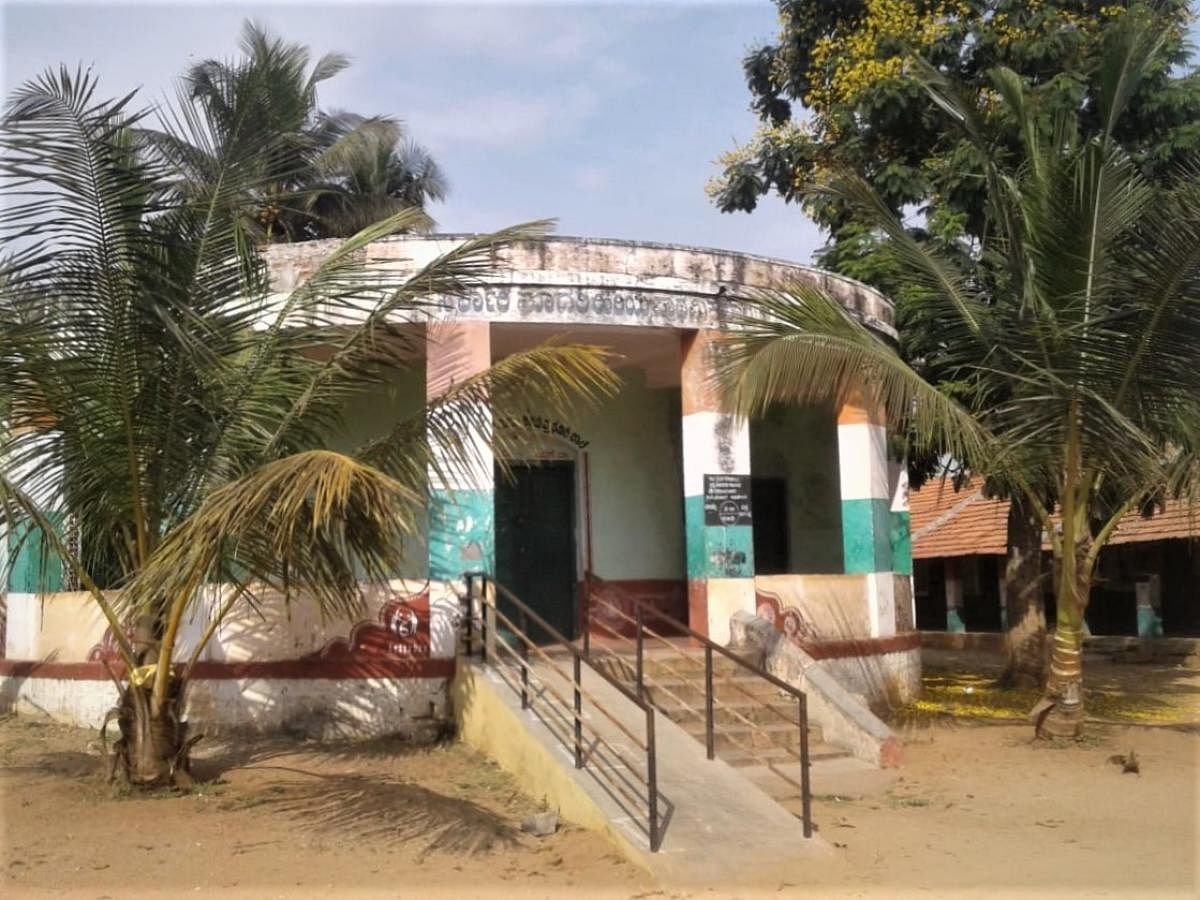

Travelling through Karnataka in 1800 - 1801 after the Anglo-Mysore war, the Scottish physician Francis Buchanan wrote that the "sugar-candy" he encountered at Chikkaballapur was "equal to the Chinese, and the clayed sugar is very white and fine. The art was introduced by the Sultan at Seringapatam.”
Buchanan, of course, was referring to the jaggery produced in south Karnataka, which was a common vocation among farmers who cultivated sugarcane, particularly in rural centres of Srirangapatna, Mandya, Maddur, and Channapatna.
The surveyor further says the farmers in these regions were manufacturing four varieties of jaggery — white sugar candy, white soft sugar, brown sugar candy and brown soft sugar.
Palahalli is one of the many villages that produce jaggery in this belt. The small village is also historically significant because of its proximity to Srirangapatna.
The village — around which the Cauvery river flows before reaching Srirangapatna — was said to have a thousand houses then and was on the immediate rear of the camp set up by General George Harris, who took part in the third Anglo-Mysore war.
The village was destroyed during the Final Anglo-Mysore War, before being restored.
Palahalli is also the site of one of the earliest sugar factories in the state. Though the factory building itself has ceased to exist, its administrative office, built with traditional mortar and small country bricks, currently houses a government model higher primary school.
The administrative building was said to be built during the reign of Tipu Sultan, and was said to house a court, before being repurposed as an administrative office for the factory.
Jesuit presence
Besides a sugar factory, Palahalli also housed one of the earliest churches in the region, built by Jesuit missionaries in the 17th century, though the exact date remains unknown.
It was destroyed sometime between 1784 and 1797, during Tipu's war with the British.
However, the church was important enough to warrant a mention in a letter written by Abbe Jean-Antoine Dubois to the British Resident in Mysore, A H Cole in 1819. In the letter, he called Palahalli an important church at par with those in Bangalore and Shettihalli.
The Abbe, who had arrived in Mysore after the fall of Srirangapatna in 1799, had visited Palahalli to preach Christianity and had officially received Rs 28 for the repairs and maintenance of the church.
The present church was rebuilt in 1859. It was renovated and extended at the turn of the millennium, in 2000.
Palahalli is also famous for its numerous jathras. The 'Mariamma Jathra’ sees several people congregate here, with even the trains between Mysuru and Bengaluru making a stop here for the convenience of the pilgrims.
Similarly, the annual 'Shambulingeshwara' festival is also famous, with the entire village being decorated and deities like Chamundeshwari being installed along the procession route.